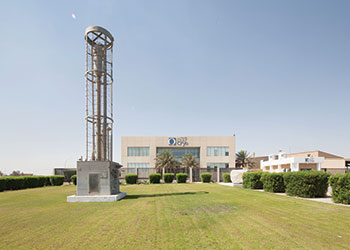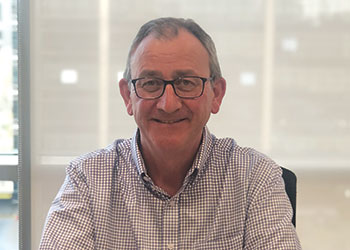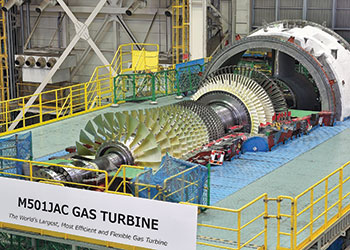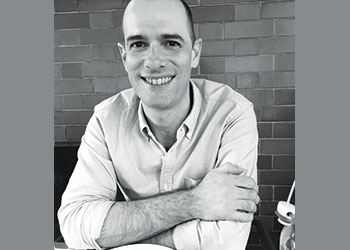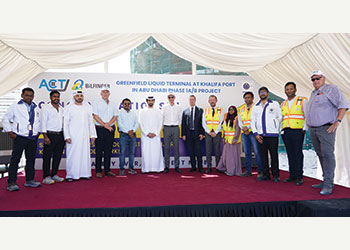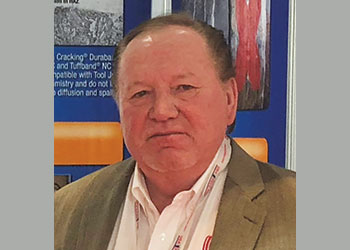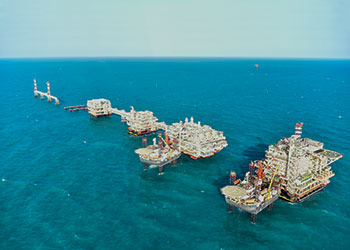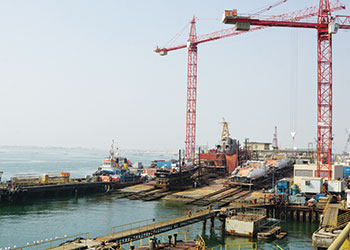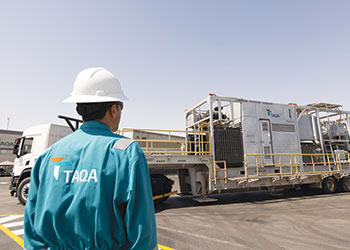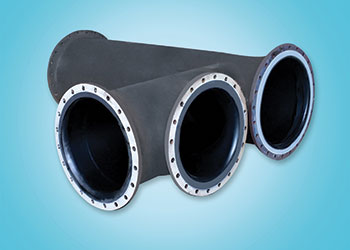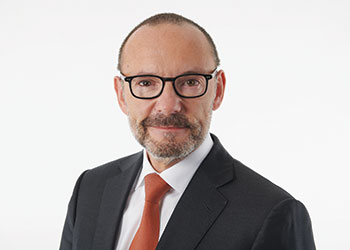
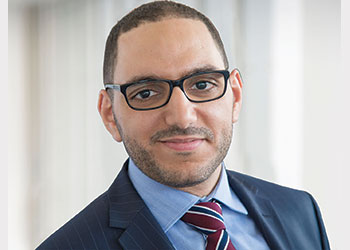 Ghiyati ... decarbonisation focus
Ghiyati ... decarbonisation focus
In its pure form, blue hydrogen can be used for production of chemicals and fuels, as well as for fuel substitutions in difficult-to-decarbonise sectors, to ensure effective decarbonisation, says Yassir Ghiyati, Vice-President of EMEA at Topsoe
Founded in 1940 by Dr Haldor Topsoe, his namesake company is a global leader in developing solutions for a decarbonised world, supplying technology, catalysts, electrolysers and services for worldwide energy transition.
OGN energy magazine had a talk with the recently appointed head of EMEA region and Global Vice-President at Topsoe, Yassir Ghiyati, to discuss the future of hydrogen, how this energy carrier source can help energise a world reeling under energy shortages, and the technologies available to decarbonise industries.
• What is your vision on the future demand of hydrogen in general?
Due to its huge importance in reaching a net zero economy, the demand for blue and green hydrogen is growing significantly.
By now, most companies, countries, and regions have published clear hydrogen strategies. The message is clear among them all: Hydrogen will play a massive role in their future energy mix.
For this reason, the number of global projects is growing at a rapid rate. And we see now that most of the global energy production hubs are already stepping up investments, and the Middle East is on the forefront as governments seek to diversify their energy sectors and economies.
• What are governments around the world doing in order to support energy transition towards low carbon hydrogen economies?
 |
The hydrogen demand perspective |
There are already several regulatory frameworks designed to reduce CO2 emissions. For example, the EU Emission Trading System (ETS) directive drives CO2 reductions by setting a cap on the total CO2 emission allowance for each company and by reducing this cap figure over time. The pace of this annual cap reduction is set to increase significantly.
Meanwhile the US administration recently adopted a hydrogen production tax credit (PTC) which incentivises hydrogen production with the lowest carbon intensity (CI).
Specific states such as California in the US and British Columbia in Canada have legislations that encourage the use of low-CI transport fuels, where the lower the CI of hydrogen, the more carbon credits it would generate.
In the Middle East, governments are implementing ambitious strategies and taking impressive practical steps as well.
In 2021, the UAE became the first country in the region to present a net-zero strategy by 2050 and a ‘Hydrogen Leadership Roadmap’.
The same year Oman revealed its plans to build a green and blue hydrogen-centric economy by 2040, with an annual production capacity equal to 30 GW.
Saudi Arabia is already now building its flagship project, the world’s largest renewable hydrogen production hub with conversion to green ammonia designed by Topsoe.
With this approach, the region aims to become the key exporter of low-carbon hydrogen and secure its current position as a global energy supply leader.
• How can blue hydrogen contribute to balancing the global energy system that is now taking a lot of pressure?
As the world switches to lower-carbon energy sources, blue hydrogen is ready to meet the challenge of decarbonising natural gas resources in an economically attractive way.
Blue hydrogen will be vital for reaching a net zero economy. That’s because it can be used in its pure form for production of chemicals and fuels, as well as for fuel substitutions in difficult-to-decarbonise sectors such as cement, steel, refining, and petrochemicals.
Blue hydrogen can be produced at mega scale, leveraging existing natural gas infrastructure to minimise time and money spent on decarbonisation.
And wherever your operations are in the world, your business has opportunities to become future proof with adopting the technology that can help reduce your carbon footprint significantly and meet targets.
• Where are the sweet spots for hydrogen producers in current market situation?
To capitalise on the growing demand, prospective blue hydrogen producers should move at speed and with care.
Choosing the right technology will ensure genuinely effective decarbonisation.
Since there is the need for hydrogen for so many different sectors and industries, the benefits of scaling up are clear.
With Topsoe SynCOR™ technology capable of three to five times larger single-line capacities than alternatives, our customers can capture economies of scale and minimise levelised cost of hydrogen (LCOH).
• Are there technologies that can allow market leaders in chemical and refining industries dramatically decarbonise their business, today?
There are different types of carbon capture technologies already available. For example, CO2 can be removed from the flue gas side, process side, and/or hydrogen PSA off-gas.
The optimal choice of this technology mainly depends on the selection of the reforming process. In close dialogue with a customer for each individual case, Topsoe selects the most suitable combination of technologies based on specific project drivers, feedstock and other requirements.
Speaking of product requirements, regional standards may vary, but most key industry stakeholders agree that blue hydrogen must have a minimum of 90-95 per cent CO2 recovery and preferably higher.
Topsoe’s contribution to this process significantly exceeds this benchmark, with up to 99 per cent-plus carbon recovery.
So, the case for blue hydrogen is clear.
With guidance from Topsoe, our customers can meet mega-scale challenges with mega-scale solutions to ensure that their business is in the right shape when demand reaches its peak.











































































